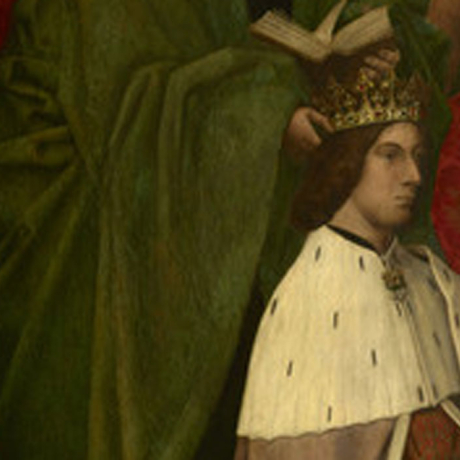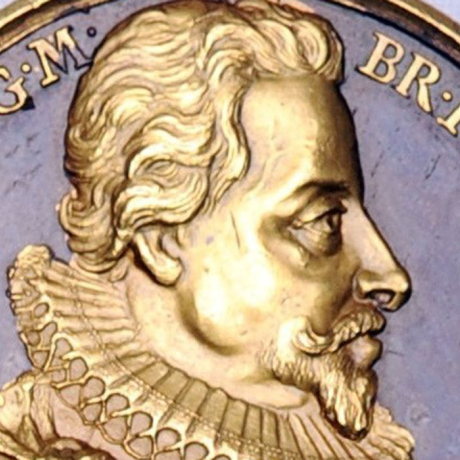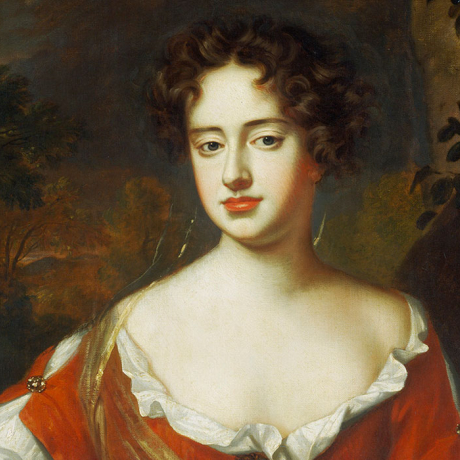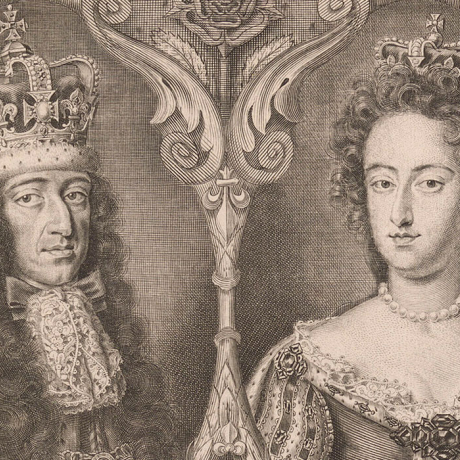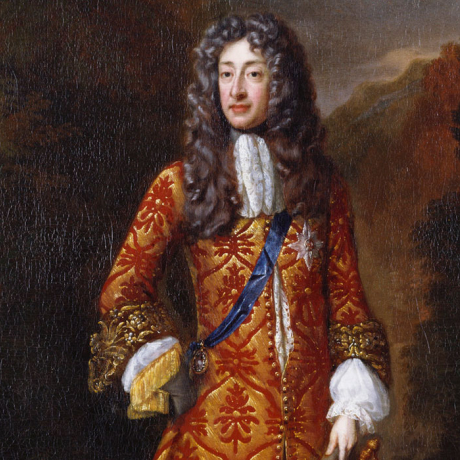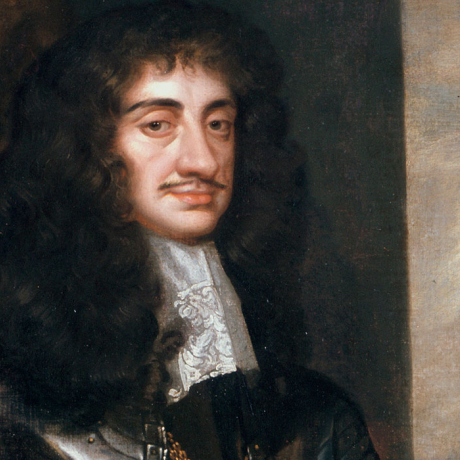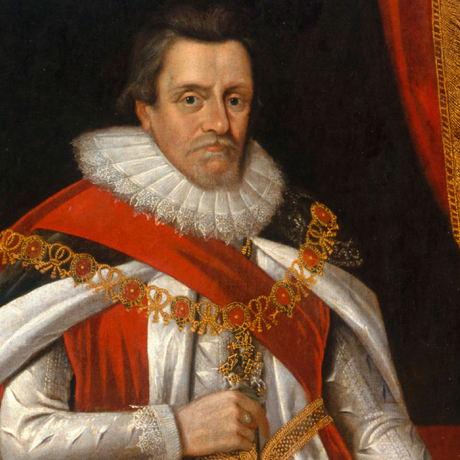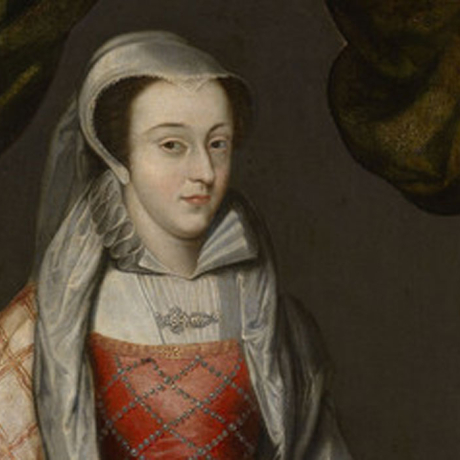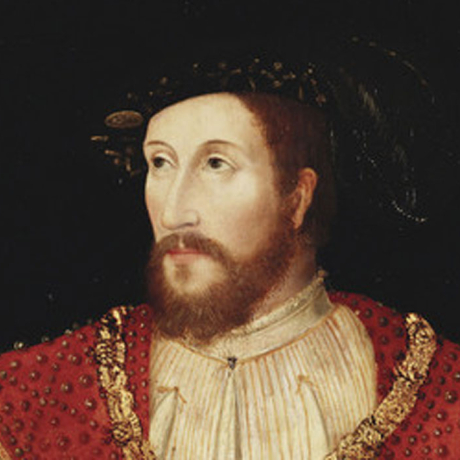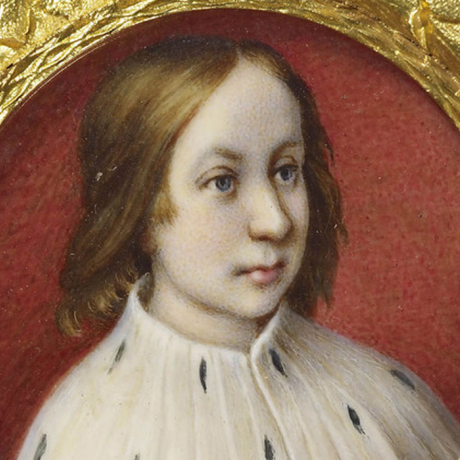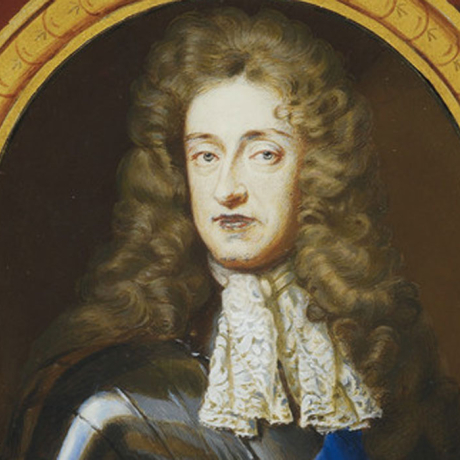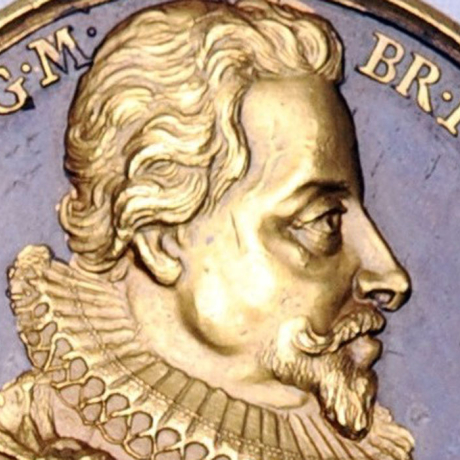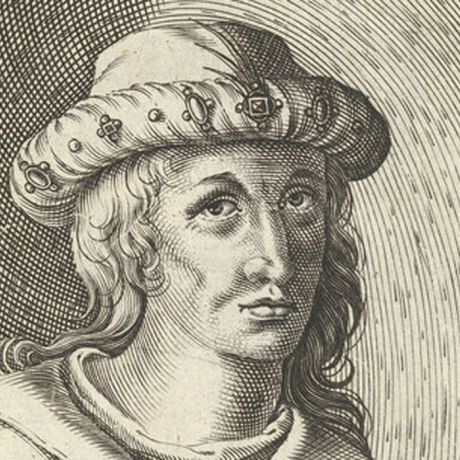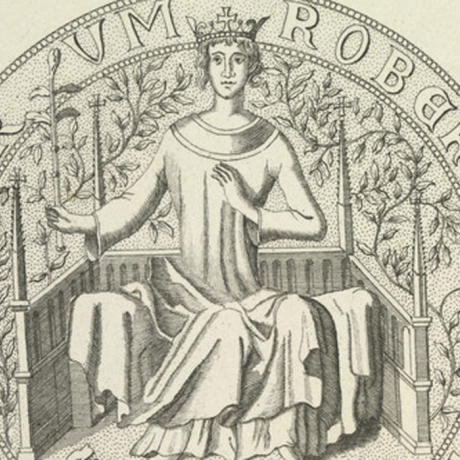His mother ruled as Regent until she died in 1463. James' long minority was marked by unstable relations with England and ambitious aristocratic factions.
He began to rule for himself in 1469, soon facing great difficulties in restoring strong central government, shortly after his marriage to the pious Princess Margaret of Denmark.
Margaret's father, King Christian I of Denmark and Norway, undertook to give her a dowry of 60,000 florins of the Rhine, but as he could not raise the full amount it was agreed that he should pay 10,000 florins and pledge his lands and rights in Orkney as security for the remainder.
Unable to assemble the rest of the money in time, he had to pledge his possessions in Shetland as well. Most of the lands and revenues in the islands already belonged to the earldom of Orkney, and in 1471 James III persuaded the Earl of Orkney to exchange his property there for lands in Fife.
Christian I was never able to redeem his pledge, and so Orkney and Shetland remained Scottish possessions.
The ever-present English threat was temporarily solved by a truce with Edward IV in 1463.
Condemned by contemporaries and criticised by later historians as being weak and grasping, James III nevertheless combined a full measure of the Royal Stewart energy and intelligence with a love of the arts, and his coinage was the first in Scotland or England to bear a true likeness of the monarch.
His preference for the company of scholars, architects and artists infuriated his nobles, and his own brothers, Alexander, Duke of Albany and John, Earl of Mar regarded him with jealousy verging on hatred.
In 1479, James' brothers were arrested on suspicion of conspiring against the Crown. The Earl of Mar died in suspicious circumstances, whilst the Duke of Albany escaped to England.
James' estrangement from his brothers and a strong faction within the Scottish nobility led to the final loss of Berwick and a coup at Lauder, Berwickshire in July 1482, when the king was removed to Edinburgh Castle, some minor members of his household were hanged (including his favourite Robert Cochrane) and the more important ones banished.
Although James tried to settle his differences with the Duke of Albany, his brother again tried to win the kingdom (Edward IV had recognised him as Alexander IV in 1482). The Duke of Albany was exiled to France.
After his queen's death in 1486, James lived in increasing isolation in Stirling Castle amidst growing rumours of his cupidity (he conferred an earldom on his favourite, John Ramsay) and his undesirable friendship with England.
Finally, the Scottish nobles seized his eldest son and defeated James at the Battle of Sauchieburn, three miles south-west of Stirling, on 11 June 1488. He was thrown from his horse as he fled from the field.
Carried into a nearby cottage, he called for a priest, whereupon a mysterious figure forced his way in, exclaimed, 'I will shrive thee!' and stabbed him to death. James was buried at Cambuskenneth Abbey near Stirling.

